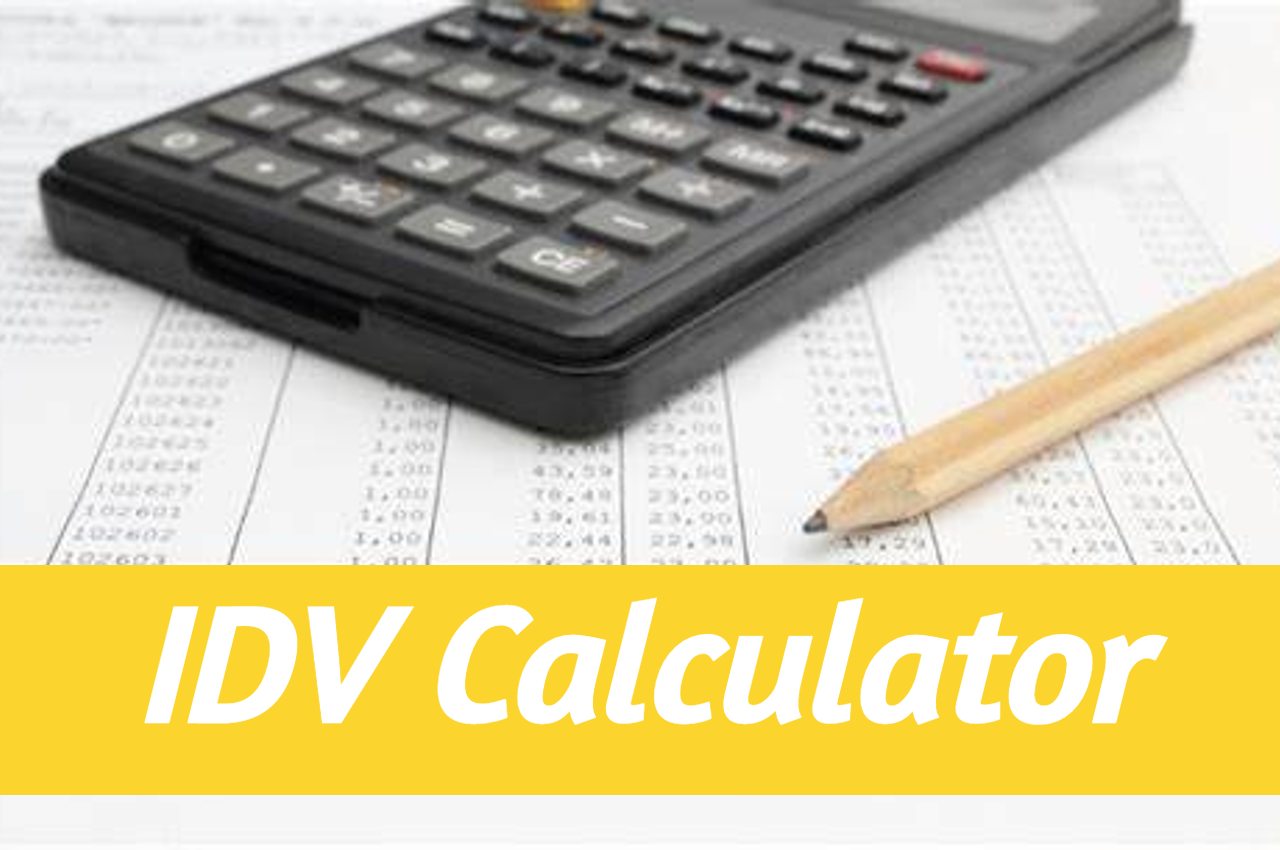Insured Declared Value (IDV): Financial planning in today’s fast-paced world has become quite essential. One of the necessary aspects of financial planning is to understand how much insurance coverage we actually require. This is where an Insured Declared Value (IDV) calculator comes into play. It is the maximum amount an insurance provider will pay in case of a total loss or theft of a vehicle.
This calculator helps individuals determine the value of their vehicle. This becomes necessary especially when buying or renewing a car insurance policy. Understanding how this calculator works can aid you to make informed decisions about your car insurance coverage. It also assures you that you are adequately protected in case of an unforeseen event.
Read on to learn more about the IDV calculator, how it works, its importance, and the factors which affect its calculation in car insurance. Knowing about this can aid you to make informed decisions about your car insurance and ensure that you have the right coverage at the right price.
Importance of IDV
Insured Declared Value (IDV) is an essential factor to consider when purchasing or renewing a car insurance policy. Here are some of the key reasons why it is essential:
- Coverage
IDV is the maximum amount an insurer will pay out in case of total loss or theft of the insured vehicle. Therefore, it is crucial to determine the vehicle’s accurate value to ensure that it is adequately covered in case of a theft or an accident.
- Premium
The IDV of a vehicle also affects the car insurance premium. The higher the IDV, the higher the premium amount. Therefore, it is essential to calculate it accurately to prevent overpaying for insurance coverage.
- Age and Depreciation
IDV considers the age and the depreciation of the vehicle. This implies that its value decreases with the vehicle’s age. As a result of this, it is imperative for you to review and update the IDV on an annual basis to ensure that the vehicle is appropriately valued.
- Claims Settlement
In case of a theft or an accident, the insurer will settle the claim based on the IDV. If this value is not calculated accurately, it may lead to an inadequate payout and financial loss for the policyholder.
How to Calculate IDV
Follow the below-mentioned steps to calculate the Insured Declared Value (IDV) of a vehicle:
- Determine the vehicle’s current market value: You can find the current market value of the vehicle by checking the manufacturer’s website or online car valuation tools.
- Determine the vehicle’s age: The age of the vehicle is determined from the date of its registration.
- Apply the depreciation rate: The depreciation rate varies based on the age of the vehicle. For example, for a vehicle less than 6 months old, the depreciation rate is 5%. For a vehicle older than 5 years, the depreciation rate is 50%.
- Calculate IDV: After determining the current market value and applying the depreciation rate, the IDV can be calculated using the following formula:
IDV = Current market value of the vehicle – (Depreciation rate x current market value)
For example, if the current market value of a 3-year-old car is ₹15,00,000, and the depreciation rate is 20%, the IDV would be calculated as follows:
IDV = ₹15,00,000 – (20% x ₹15,00,000) = ₹12,00,000
IDV = Listed selling price by the manufacturer – depreciation value depending on the vehicle’s age) + (extra accessories’ costs – these parts’ depreciation value)
It is vital to note that the IDV of a vehicle may vary depending on factors such as the make and model of the car, its usage, and the location. Therefore, it is advisable to use an online IDV calculator or consult with an insurance agent to determine the accurate IDV of the vehicle.
Points to Remember While Calculating IDV
When calculating the Insured Declared Value (IDV) of a vehicle, here are some important points to keep in mind:
- IDV in car insurance is calculated based on the current market value of the vehicle, which can vary based on the make, model, and location of the vehicle.
- The age of the vehicle is a crucial factor in determining the IDV. As the vehicle ages, the IDV decreases due to depreciation.
- The depreciation rate varies based on the age of the vehicle. For example, for a vehicle less than 6 months old, the depreciation rate is 5%, and for a vehicle older than 5 years, the depreciation rate is 50%.
- IDV is the maximum amount an insurer will pay out in case of total loss or theft of the vehicle.
- Incorrect calculation of IDV may result in inadequate coverage or overpayment of premiums.
It is advisable to use an online IDV calculator or consult with an insurance agent to determine the accurate IDV of the vehicle.
IDV should be reviewed and updated annually to reflect the current market value of the vehicle.
Conclusion
Calculating IDV is a crucial aspect of determining the appropriate insurance coverage for a vehicle. By keeping the important factors in mind, individuals can ensure that they accurately calculate the IDV and have the right coverage at the right price.













